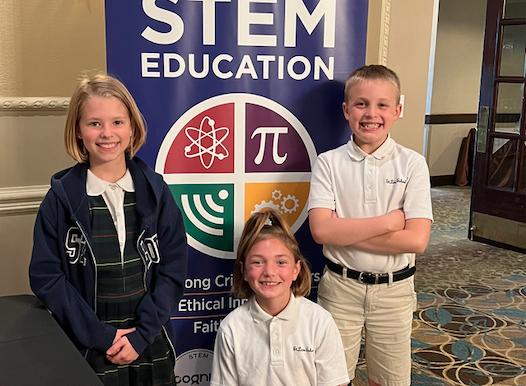STEM Blog
Carnival Day STEM
 ,
,  ,
, 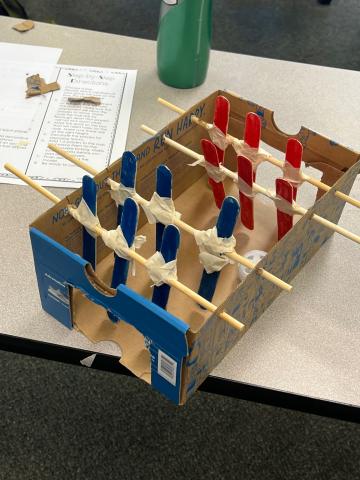 ,
, 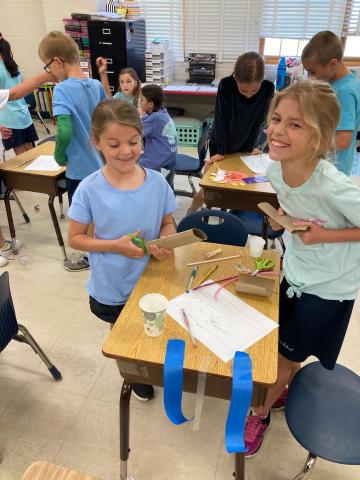 ,
, 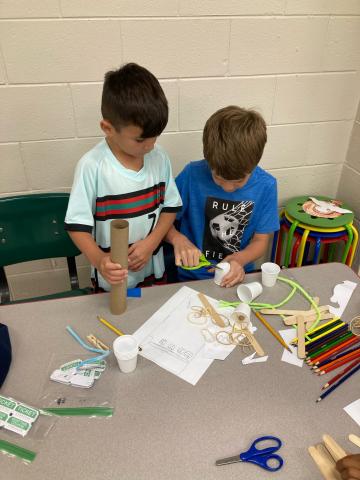 ,
, 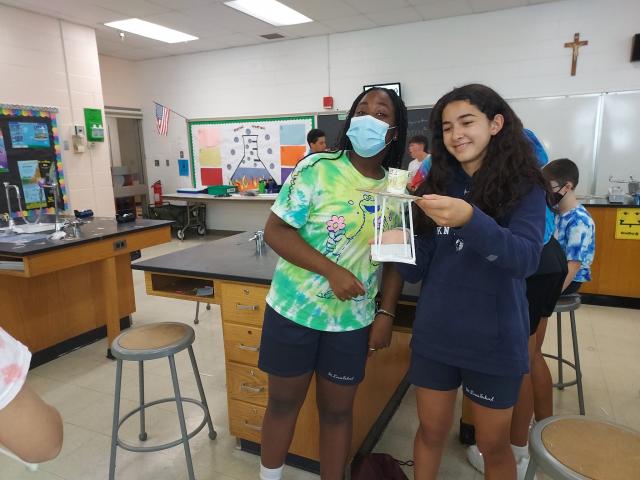
3D Bubbles!
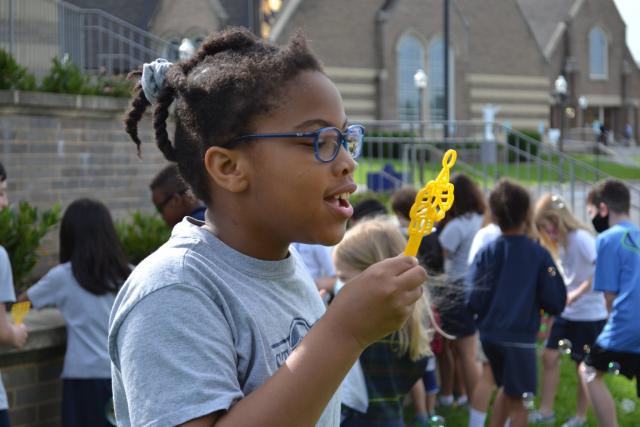 ,
, 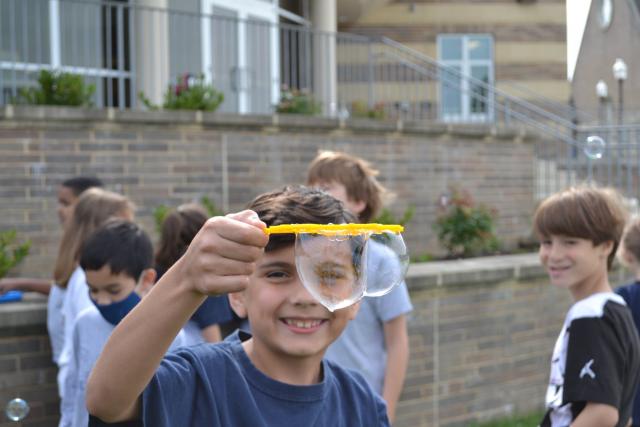 ,
, 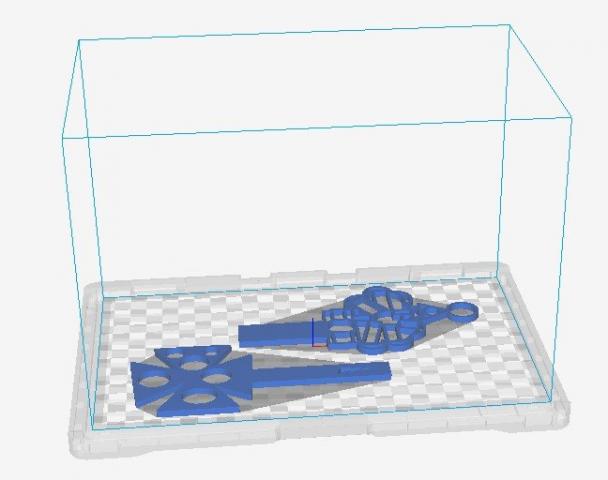 ,
, 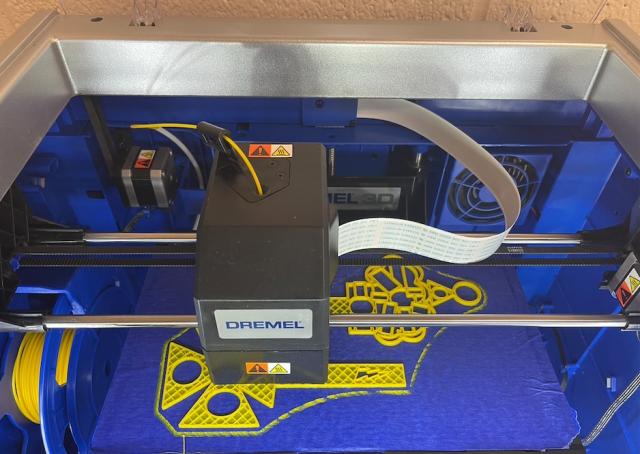 ,
, 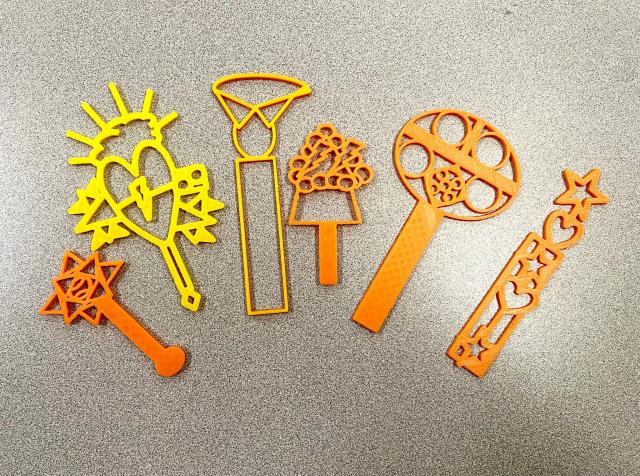
The Miracle of Life
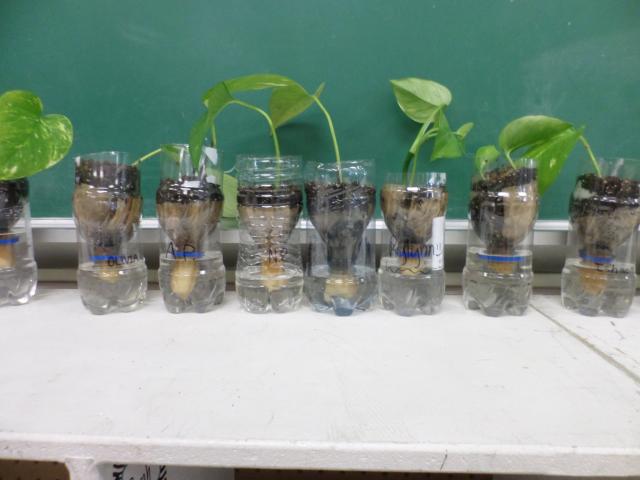 ,
, 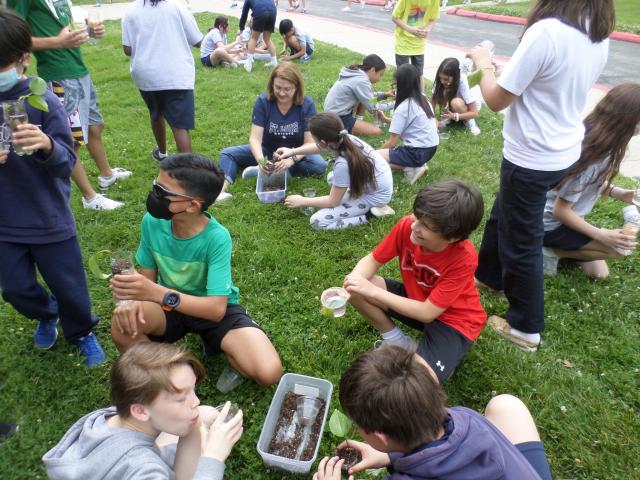 ,
, 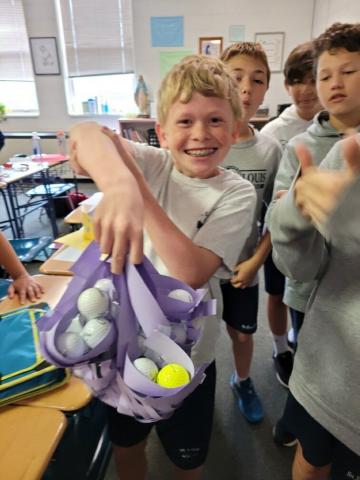 ,
, 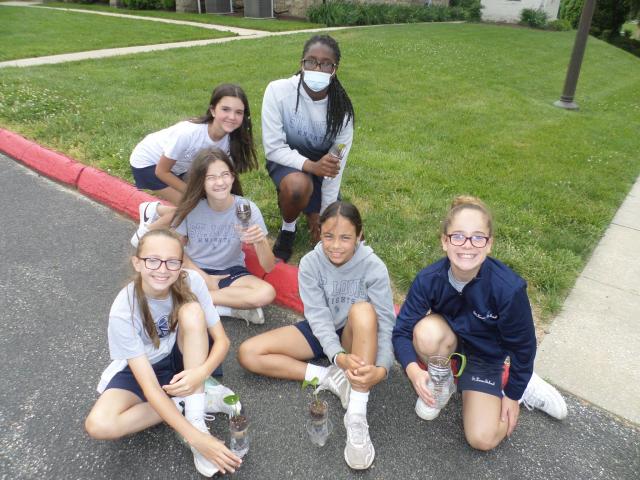
Planning for the Future
In Math class, Fourth graders had a chance to take the roles of urban and city planner engineers to plan their very own city. They used the geometry concepts learned through the year and applied their knowledge by developing their own city map with geometric requirements.
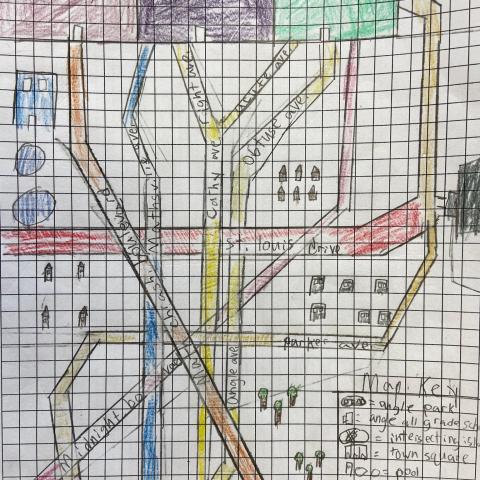 ,
, 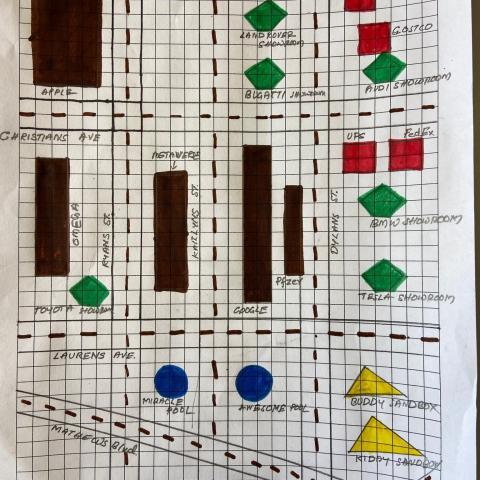 ,
, 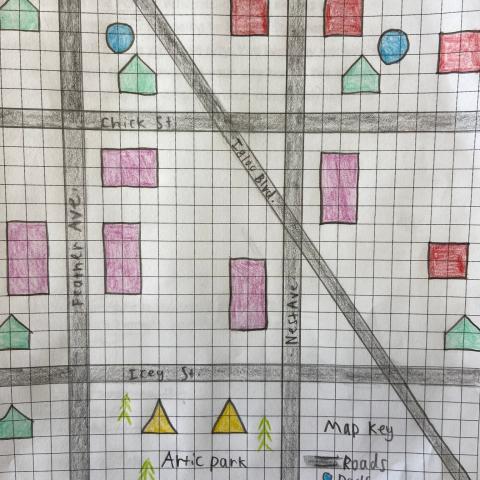
Back on the Road!
A key component of learning is self-guided exploration and the Maryland Science Center provides a perfect environment for this to occur. SLS Sixth Grade students increased their STEM knowledge today while exploring interactive exhibits including creating a water vortex, experiencing the inside of a tornado, and laying on a bed of nails. It was a full day of intellectual adventure and fun! Thank you to Ms. Peterson and Mr. Deegan for planning this field trip experience and to the staff at the Maryland Science Center for their guidance and support.
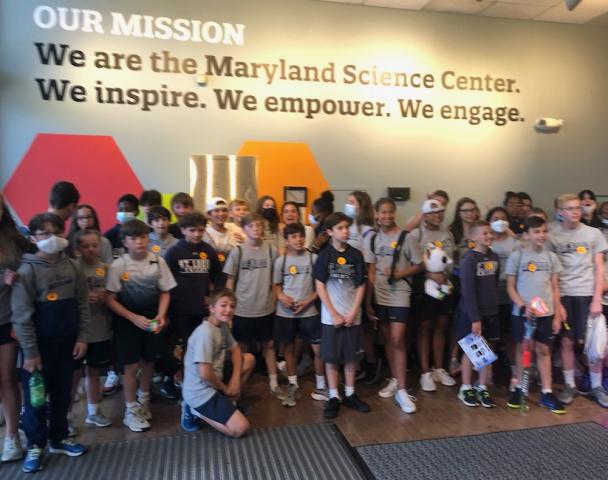 ,
, 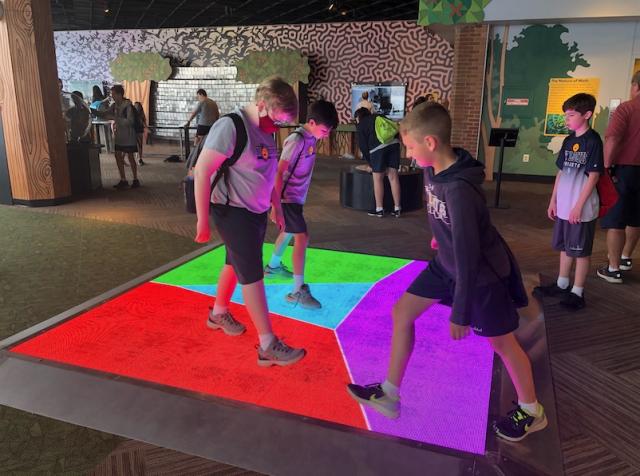 ,
, 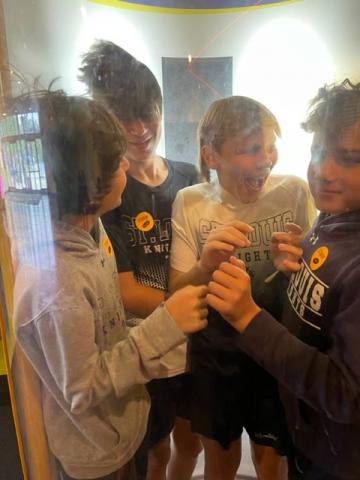 ,
, 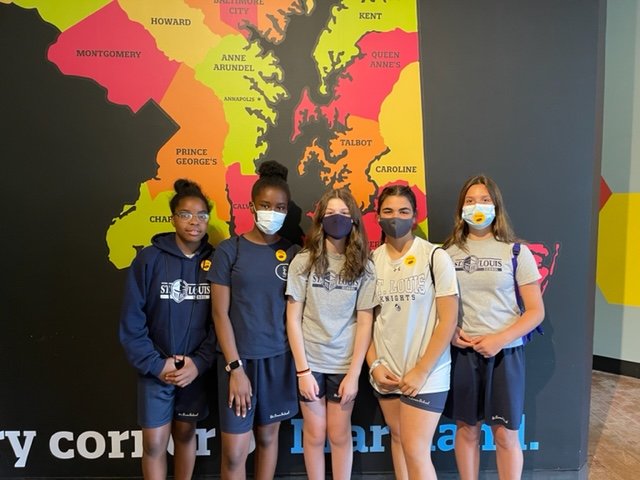
Fishers of Men
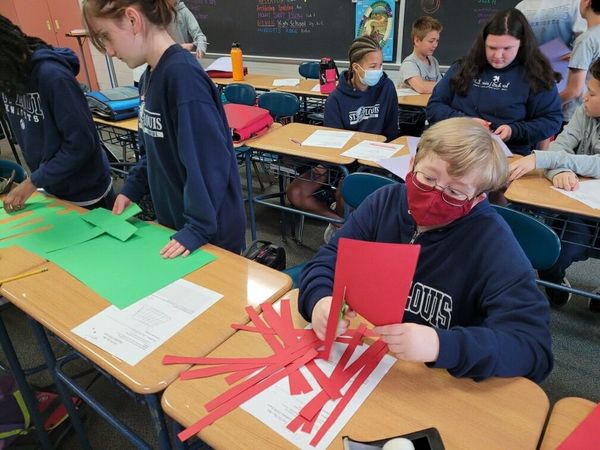 ,
,  ,
, 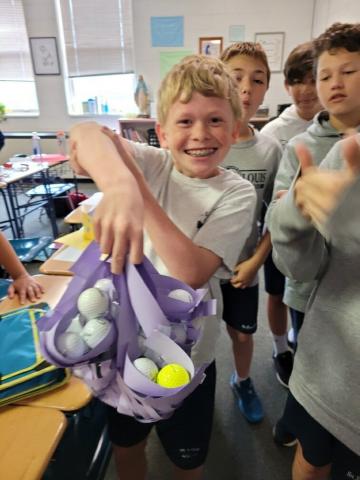
Thermodynamic Gas Law!
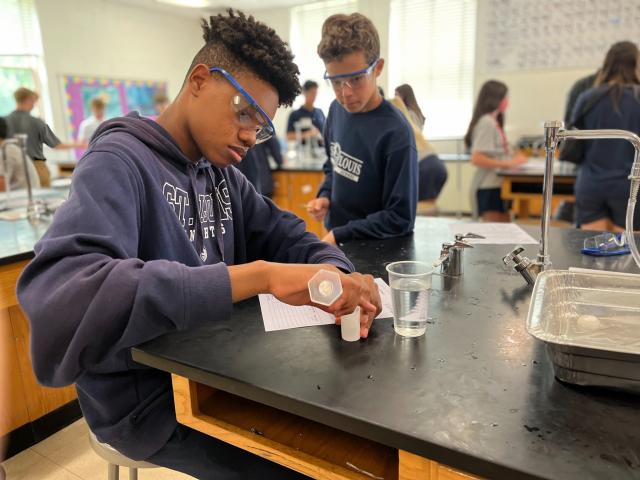 ,
, 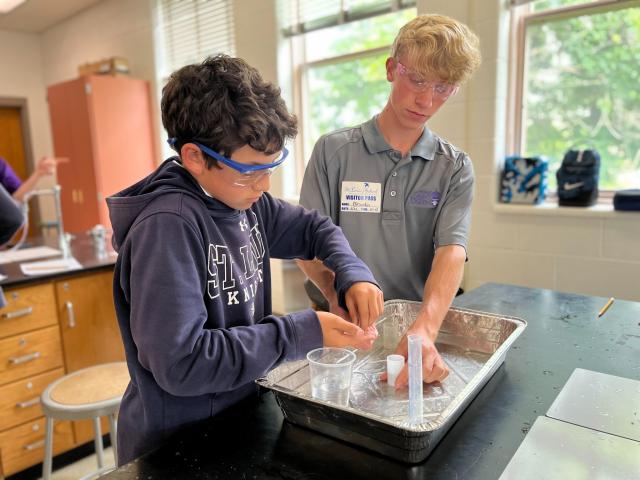 ,
, 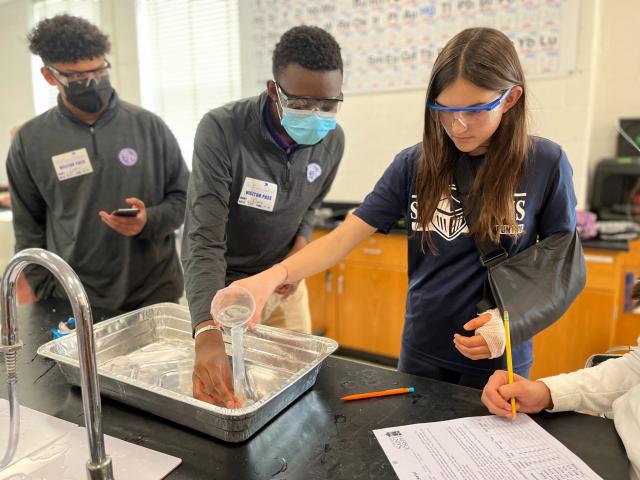
How Many Puzzles Can You Solve?
Pentominoes are two-dimensional shapes made from five square blocks that are joined edge-to-edge to form various designs. There are twelve possible shapes in a set of unique pentominoes. Fourth Grade students in Mrs. Ellerbrock’s Library class use pentominoes to solve STEM Math puzzles and to develop their critical thinking skills during small group work. How many puzzles can you solve? #stematsls
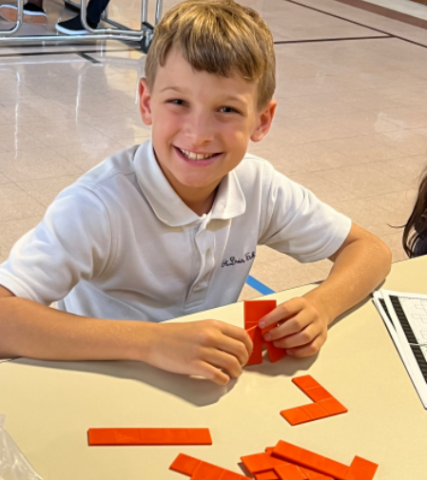
Codes and secret writing
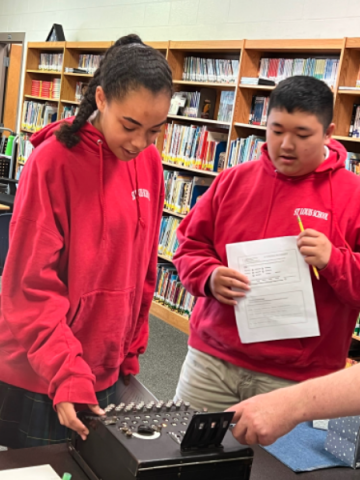 ,
, 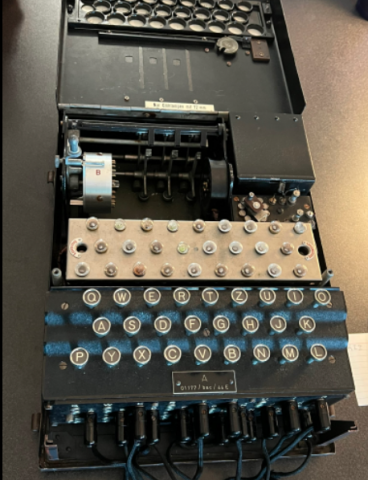 ,
, 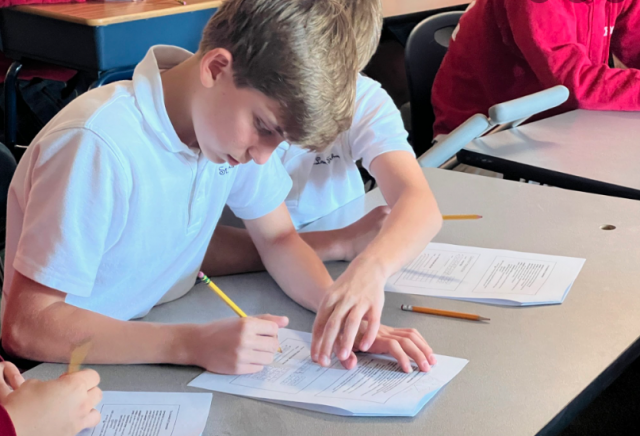 ,
,  ,
, 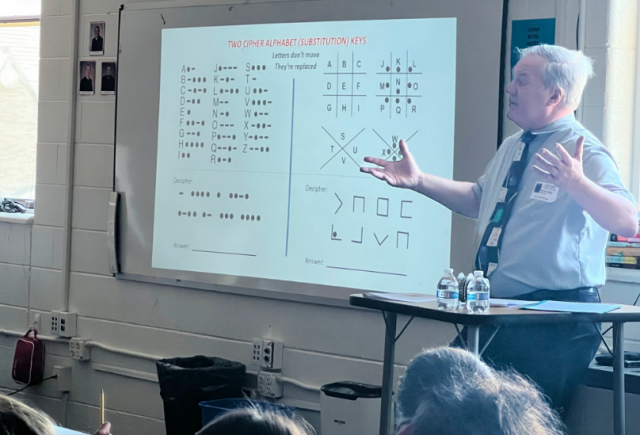 ,
, 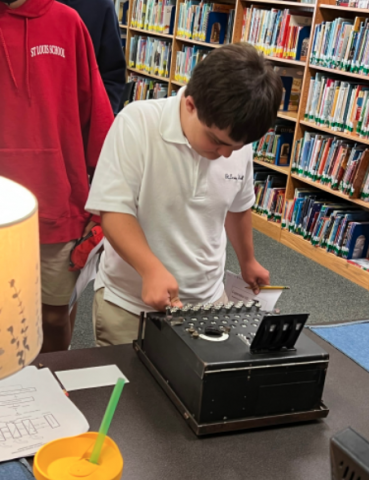
Coding Instruction at SLS
Coding Instruction at St. Louis School
Grades K, 1, and 2
In Grades K-2 students learn how to create basic algorithms to solve problems using drag and drop coding programs and robots. Students complete cross-curricular collaborative STEM lessons using their coding skills in social studies (maps), math (measurement, time, and money), and language arts (story retelling and sequencing).
Tools:
Grade 3
By Grade 3 and beyond, students learn that our interconnected technological world is built on computer software. How do things work? Everything needs software/code to make things happen. Students begin gaining a basic understanding of the underlying software that drives our modern world.
Code.org (Course 2 - Lessons 1 - 10)
Introduction to the three basic programming structures - sequence, selection, loops and how these come together to form the most basic instructions and algorithms for all types of software.
Introduction to algorithms and syntax
Debugging
Ozobot - Color coding robots
Introduction to Scratch drag and drop block programming - Scratch is a free web-based drag and drop programming language developed at the Massachusetts Institute of Technology (MIT).
Dash robot programming using Blockly App (drag and drop language)
Winter Olympics project
Grade 4
Code.org (Course 2 - Lessons 3 - 13)
Review of the three basic programming structures - sequence, selection, and loops and how these come together to form the most basic instructions and algorithms for all types of software.
Review of algorithms and syntax
Debugging
Conditionals
Programming with the Scratch drag and drop block programming
Dash Robot programming using Blockly App (drag and drop language)
Iditarod Sled Dog Race project (Design and build sleds following the engineering design process then code the robots to pull the sleds and race)
Grade 5
Code.org (Course 3 - Lessons 2 - 14)
Review of the three basic programming structures - sequence, selection, and loops and how these come together to form the most basic instructions and algorithms for all types of software.
Review of algorithms and syntax
Functions
Debugging
Conditionals
Nested Loops
Programming with the Scratch drag and drop block programming
Dash Robot programming using Blockly App (drag and drop language)
Grade 6, 7 and 8
Code.org (Express Course 2021 - Lessons 2 - 12)
Review of the three basic programming structures - sequence, selection, and loops and how these come together to form the most basic instructions and algorithms for all types of software.
Review of algorithms and syntax
Functions
Debugging
Conditionals
Nested Loops
Prediction
Creating Art with Code
Programming with the Scratch drag and drop block programming
Dash Robot programming using Blockly App (drag and drop language)
Introduction to CUE Robot programming - Transition from block programming to text-based programming. The CUE robots are new and were purchased through a grant from AFCEA (Armed Forces Communications and Electronics Association).
Example of students' Scratch projects:
Grade 3 basic student project work.
https://scratch.mit.edu/projects/612566578
Grade 5 - Retro Asteroid “like” game
https://scratch.mit.edu/projects/642257927
Grade 8 - Retro Pong Game
https://scratch.mit.edu/projects/688248733
Our Cyber STEM after-school program (Grades 4 - 8) includes an introduction to the Python programming language.
Monopoly anyone?
Over the course of a game of Monopoly, how likely is it that you would land on Boardwalk or Park Place? As part of our ongoing STEM Speaker Series today SLS Sixth Grade students had the opportunity to learn how to compute the answer to that and similar questions from Mr. Mike Blasi, former SLS parent, and STEM resource. SLS students learned about real-world applications of probability and random processes. They learned how to form a hypothesis and test it using the scientific method. To make these concepts more relatable, Mr. Blasi discussed how dice and coin flips can affect outcomes in games like Monopoly, Risk, and Yahtzee. We want to thank Mr. Blasi for taking time out of his day and coming to SLS to provide a better understanding of probability, statistics and why they will almost assuredly not win the lottery.
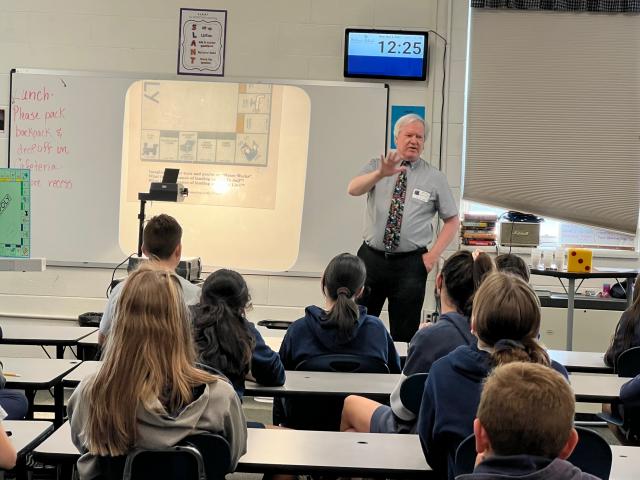 ,
, 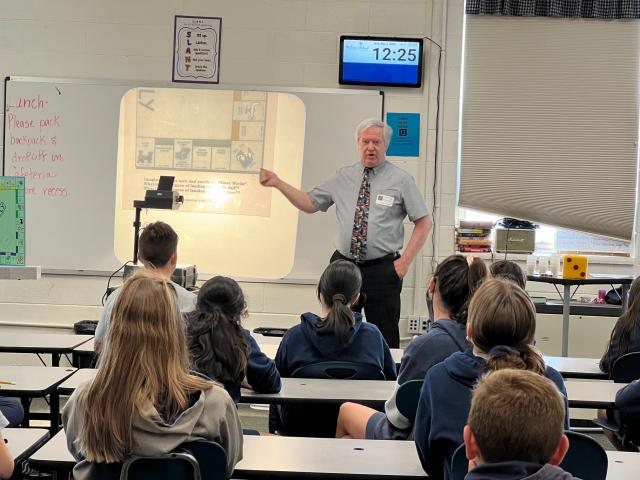 ,
, 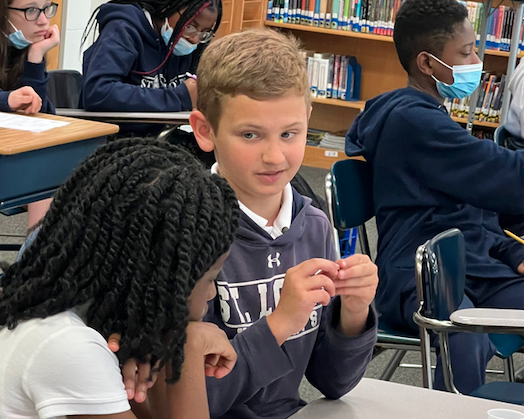 ,
, 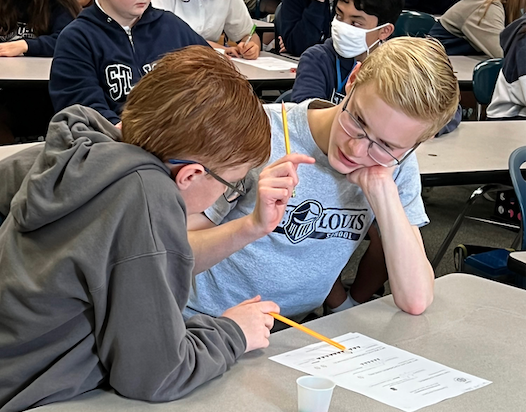 ,
, 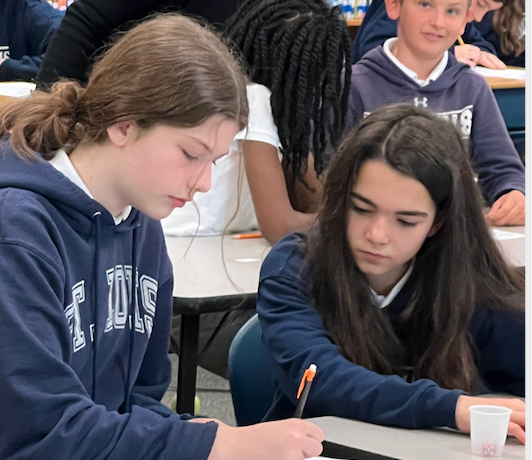
AFCEA STEM Kickstarter Awards Banquet
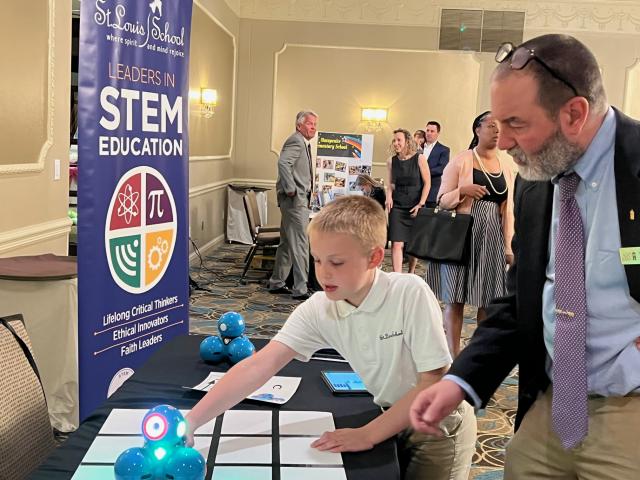 ,
,  ,
,  ,
, 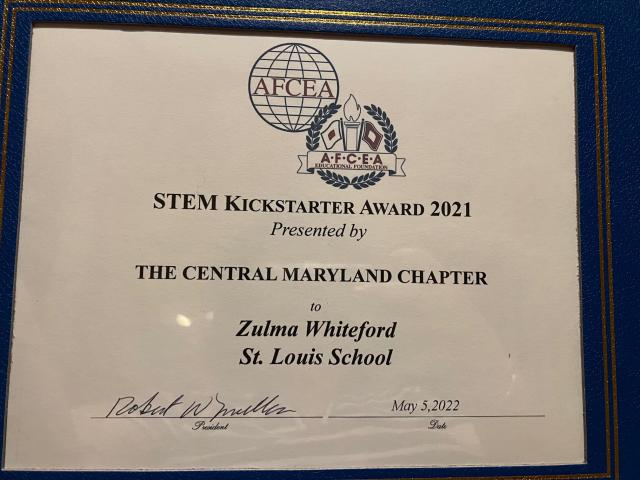 ,
, 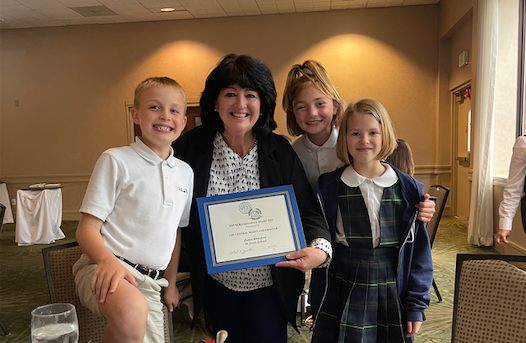 ,
, 